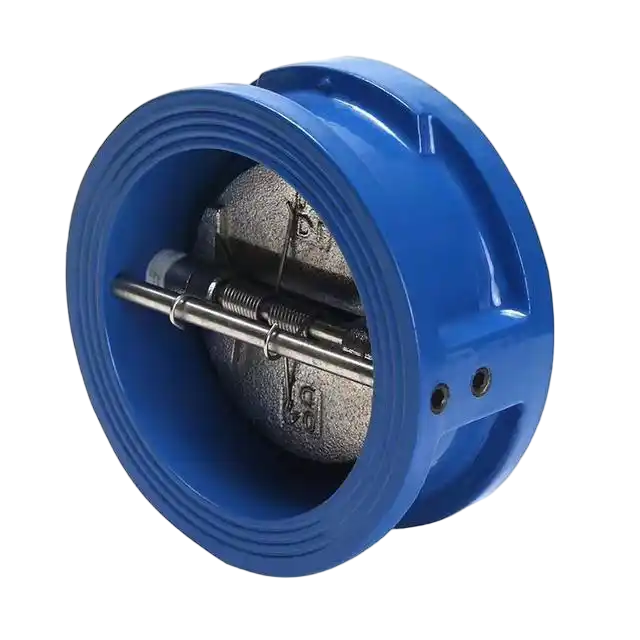What Are the Key Features of an ANSI Butterfly Valve?

An ANSI Butterfly Valve is a type of quarter-turn valve widely used in industrial piping systems to regulate or isolate fluid flow. Designed according to the standards set by the American National Standards Institute (ANSI), these valves ensure compatibility, reliability, and consistent performance across different applications. With a simple mechanism and compact design, an ANSI Butterfly Valve provides efficient flow control for liquids, gases, and slurries in a variety of industries.
One of the primary features of an ANSI Butterfly Valve is its simple operating mechanism. The valve uses a disc mounted on a rotating shaft that turns 90 degrees to open or close the flow. This design allows for quick operation, minimal maintenance, and reliable control over fluid movement. An ANSI Butterfly Valve can be operated manually, electrically, or pneumatically, offering flexibility for various system requirements.
Durability and reliability are essential attributes of an ANSI Butterfly Valve. The valve body is typically made of cast iron, stainless steel, or ductile iron, while the disc and seat are often constructed from corrosion-resistant materials such as stainless steel, PTFE, or rubber. These materials allow the valve to withstand high pressures, temperature fluctuations, and aggressive fluids, making it suitable for demanding industrial environments.
Efficiency is another advantage. The compact design of an ANSI Butterfly Valve reduces space requirements in piping systems, while the quarter-turn operation minimizes the effort needed to control flow. Additionally, the valve provides a tight seal when closed, reducing leakage and maintaining consistent system performance. Its efficiency makes it suitable for large-diameter pipelines and systems where rapid shutoff is important.
Versatility is a notable feature of an ANSI Butterfly Valve. It can be used in a wide range of industries, including water treatment, chemical processing, HVAC systems, and food and beverage production. The availability of different body types, such as wafer, lug, and flanged designs, allows the valve to adapt to various installation requirements. This versatility ensures that an ANSI Butterfly Valve can be integrated into both new and existing piping systems with ease.
Maintenance is straightforward for an ANSI Butterfly Valve. Its simple design means fewer moving parts and reduced wear, which lowers the need for frequent servicing. Regular inspection of the seat, disc, and shaft, along with routine cleaning, helps maintain optimal performance and extends the valve's service life. The ability to perform maintenance without dismantling the entire pipeline adds to the operational convenience of an ANSI Butterfly Valve.
Safety and compliance are also significant. ANSI standards define dimensions, pressure ratings, and material specifications, ensuring that valves meet established safety and quality benchmarks. Using an ANSI Butterfly Valve provides confidence that the component will perform reliably under specified operating conditions.
Economic value is another consideration. The combination of durability, low maintenance, and efficient operation makes the ANSI Butterfly Valve a cost-effective solution for fluid control. Its ability to handle large volumes and aggressive media reduces the need for multiple valves, simplifying system design and lowering overall costs.
An ANSI Butterfly Valve offers reliable, efficient, and versatile flow control for a wide range of industrial applications. Its durable construction, simple operation, and compliance with ANSI standards make it a practical choice for managing fluids in various piping systems. By combining efficiency, safety, and adaptability, the ANSI Butterfly Valve supports effective and cost-conscious operation across numerous industries.
- Art
- Causes
- Crafts
- Dance
- Drinks
- Film
- Fitness
- Food
- Jocuri
- Gardening
- Health
- Home
- Literature
- Music
- Networking
- Alte
- Party
- Religion
- Shopping
- Sports
- Theater
- Wellness


